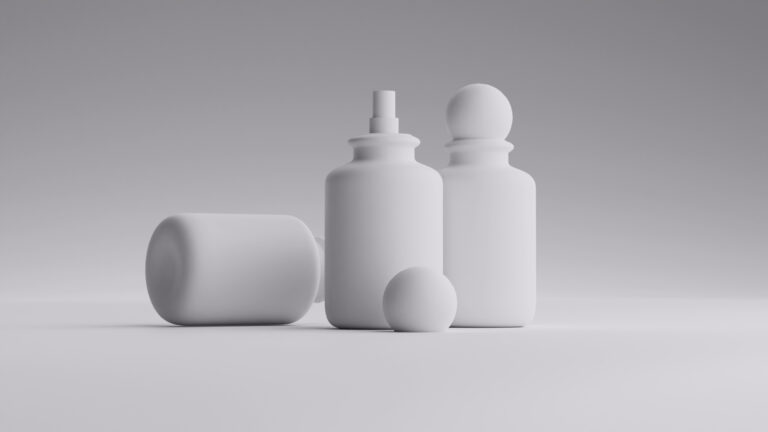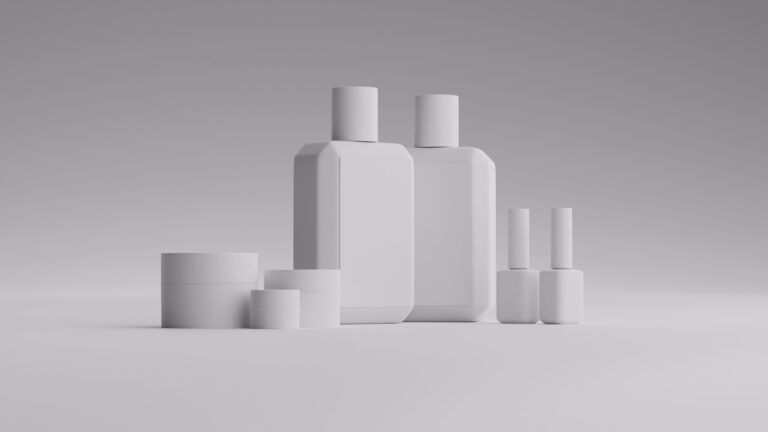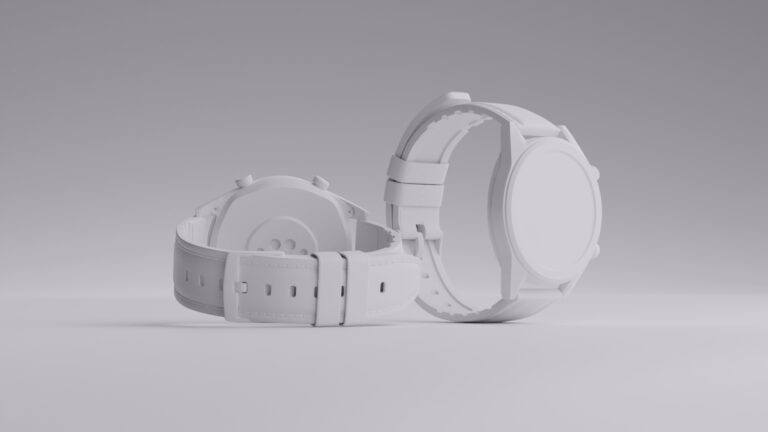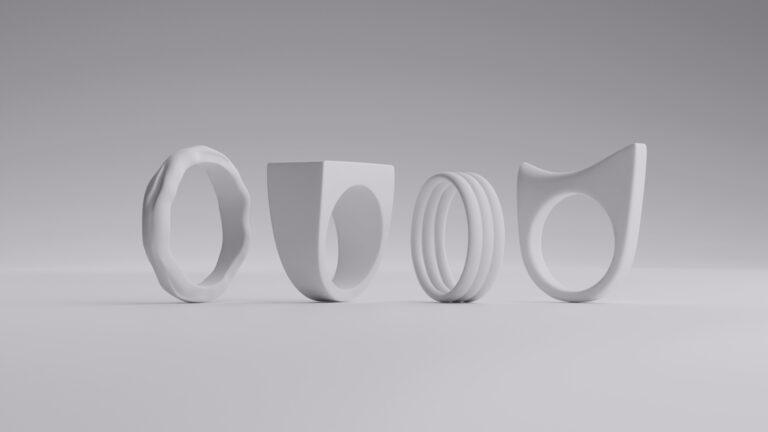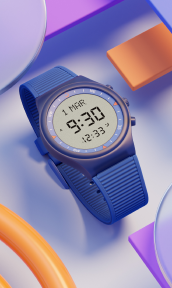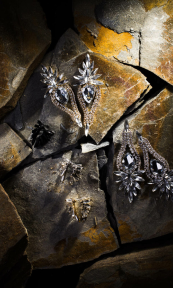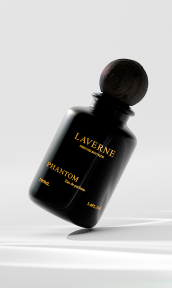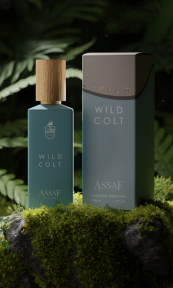Product photography has been the backbone of marketing and advertising for decades. But there’s a new player in town that’s revolutionizing how we showcase products: Computer-Generated Imagery (CGI). This technology isn’t just for Hollywood blockbusters anymore—it’s becoming an essential tool for businesses looking to showcase their products in the most compelling way possible.
The digital landscape has transformed how consumers interact with products before purchasing. As online shopping continues to dominate retail, the need for high-quality, versatile, and engaging product visuals has never been greater. CGI product rendering offers a solution that addresses these needs and provides additional benefits that traditional photography simply can’t match. From furniture and automobiles to consumer electronics and jewelry, businesses across industries are discovering the competitive edge that CGI brings to their marketing efforts.
1. Cost savings that boost your bottom line

Every marketing department knows the struggle of balancing quality visuals with budget constraints. Traditional product photography comes with hefty price tags that can quickly drain resources. CGI rendering flips this equation on its head.
When you opt for traditional product photography, you’re paying for more than just the final images. There’s the studio rental, equipment costs, photographer fees, shipping products to the studio, and potentially hiring models or additional staff. For products with multiple variations, you’ll need separate shoots for each color, material, or configuration. These expenses add up rapidly.
CGI rendering eliminates many of these costs altogether. Once a 3D model of your product is created, producing images from different angles, with different backgrounds, or in different colors becomes a matter of making digital adjustments—not scheduling another expensive photoshoot.
For businesses with seasonal offerings or frequent product updates, the savings become even more significant. Instead of organizing new photoshoots every season, existing 3D models can be modified and updated digitally. This approach not only saves money but also creates consistency across your product lines and marketing materials.
The cost efficiency extends beyond the production phase. With CGI, there’s no need to maintain physical inventory solely for marketing purposes. Products that haven’t even been manufactured yet can be visualized with photorealistic quality. This capability is particularly valuable for businesses testing market interest before committing to production.
Many companies have discovered that their initial investment in CGI quickly pays for itself. Furniture retailers that have switched to CGI for their catalog production typically report significant reductions in their visual content budgets while simultaneously increasing the number of product images they can produce. The return on investment often becomes evident within the first few months of implementation.
When evaluating the financial impact of using CGI for product rendering, consider both immediate savings and long-term value. While the initial setup might require investment in 3D modeling, the ability to reuse, modify, and multiply these assets makes CGI an economically sound choice for forward-thinking businesses.
2. Creative flexibility that knows no bounds

Traditional product photography is inherently limited by physical reality. CGI rendering, on the other hand, offers creative possibilities that extend as far as your imagination.
With CGI, you can place your products in environments that would be impractical or impossible to access for a traditional photoshoot. Want to showcase your outdoor furniture on a pristine beach at sunset? Or display your kitchen appliances in a dream home setting? CGI makes these scenarios not just possible but easy to execute. This environmental versatility allows you to create context for your products that resonates with your target audience’s aspirations.
The color and material options become virtually unlimited when using CGI for product rendering. Instead of producing multiple physical prototypes, a single 3D model can be rendered in countless variations. A furniture retailer using CGI can show the same sofa in twenty different fabric options with minimal additional effort. This capability allows customers to better visualize exactly what they’re purchasing and increases their confidence in making buying decisions.
Marketing teams have found this flexibility to be game-changing. Creative directors at major homeware brands often note that traditional photography constrained them by what could be physically staged. With CGI, they can create images that perfectly align with their brand vision, regardless of practical limitations. This technology has opened up entirely new creative avenues for marketing campaigns across various industries.
Beyond just static images, CGI enables the creation of animations, 360° product views, and interactive experiences. These dynamic presentations give customers a more comprehensive understanding of products than flat photography ever could. They can see how a product works, examine its features from all angles, and even visualize it in different settings.
The adjustability of CGI also means that last-minute changes don’t require expensive reshoots. Need to update a small detail on the product? Change the lighting setup? Adjust the camera angle? With CGI, these modifications can be made quickly and precisely, giving marketing teams unprecedented control over their visual assets.
By embracing the creative flexibility of CGI, brands can differentiate themselves in crowded marketplaces. They can create more engaging, memorable visual content that captures attention and drives customer interest. In an age where visual impact is crucial to marketing success, CGI provides tools that push creative boundaries.
3. Accelerated time-to-market that keeps you ahead

In today’s fast-paced business environment, being first to market can make the difference between leading the pack and playing catch-up. CGI product rendering provides a significant speed advantage that traditional photography simply can’t match.
The conventional product visualization workflow requires completed physical prototypes before marketing materials can be created. This sequential approach means that visual content production can’t begin until manufacturing is well underway, creating a bottleneck that delays market entry. With CGI rendering, this timeline is dramatically compressed.
Using 3D models derived from CAD files (often already created during the product development process), marketing teams can begin producing visual assets before a single physical unit exists. This parallel workflow allows product development and marketing preparation to happen simultaneously rather than sequentially. A global electronics manufacturer reported cutting their go-to-market timeline by nearly six weeks after implementing CGI for their product launches.
The efficiency gains continue throughout the production process. Traditional photoshoots require meticulous planning, scheduling, and execution—often spanning days or weeks for complex products. CGI rendering compresses this timeline significantly. Once the initial 3D model is created, generating various images for different marketing channels can happen in a matter of hours.
This speed advantage creates strategic opportunities. Businesses can test marketing concepts earlier, gather feedback on visual presentations before finalizing products, and be more responsive to market trends. Product marketing managers consistently report that CGI provides them with greater agility to pivot their visual strategy based on early audience feedback—something that would have been prohibitively expensive with traditional photography.
For businesses with seasonal products or time-sensitive launches, the acceleration of visual content creation can directly impact revenue. Being able to announce and showcase new products quickly—with high-quality visuals ready for all marketing channels—maximizes the selling window and capitalization on market interest.
The time savings extend to product updates as well. When a product receives design modifications or new features, updating CGI assets is substantially faster than organizing new photoshoots. This efficiency helps maintain current marketing materials without delaying the introduction of product improvements.
In competitive markets where timing is crucial, the speed advantages of CGI for product rendering provide a tangible edge that translates directly to business results.
4. Consistent brand presentation across all channels

In today’s omnichannel marketing environment, maintaining visual consistency across diverse platforms is both essential and challenging. CGI product rendering offers a solution that ensures perfect brand and product presentation regardless of context.
When using traditional photography, achieving consistent lighting, coloration, and scale across different shoots is nearly impossible, even with the most skilled photographers. Subtle variations inevitably occur between sessions, creating slight inconsistencies in how products appear across different marketing materials. These discrepancies, though small, can undermine brand professionalism and customer trust.
CGI rendering eliminates these variations entirely. Once lighting, materials, and environmental settings are established, they can be replicated with perfect accuracy for every rendering. This consistency ensures that your product looks identical in your catalog, website, social media campaigns, and retail displays. The resulting cohesion strengthens brand identity and reinforces product recognition.
Many luxury brands that have transitioned to CGI report that customer perception of quality actually increases after the switch. These companies are able to maintain absolutely consistent presentation of their products across all touchpoints. The precision of CGI helps communicate the precision of craftsmanship, creating a more cohesive brand experience for customers viewing products on different platforms.
The consistency advantage extends to international marketing efforts as well. Different markets may require specific visual adaptations while maintaining core brand elements. With CGI, these adaptations can be made systematically, ensuring that global campaigns maintain their integrity while accommodating local preferences.
For companies with extensive product lines, consistent visualization becomes even more valuable. When all products are rendered using the same CGI processes and standards, the entire catalog presents a unified visual language that reinforces brand identity. Customers can easily recognize family resemblances between products and understand how different items relate to each other within the brand ecosystem.
This consistency creates practical workflow benefits too. Marketing teams can develop templates and guidelines for CGI rendering that ensure all new product visualizations will integrate seamlessly with existing materials. This standardization reduces decision fatigue and streamlines the creation of new marketing assets.
In a marketplace where brand recognition drives consumer choices, the perfect consistency provided by CGI product rendering delivers a competitive advantage that builds trust and reinforces brand values across every customer interaction.
5. Enhanced customer engagement through interactive experiences

The ultimate goal of product visualization isn’t just to show what items look like—it’s to create connections between customers and products. This is where CGI product rendering truly shines, offering engagement possibilities that far surpass static photography.
Today’s consumers expect more than passive viewing experiences. They want to interact with products, understand them deeply, and imagine them in their own lives before making purchasing decisions. CGI enables these rich interactions through a variety of innovative formats.
The most basic enhancement is the ability to create 360° product views, allowing customers to examine items from every angle—just as they would in a physical store. This capability has been shown to increase conversion rates by up to 30% compared to traditional static product images, according to latest research.
Beyond simple rotation, CGI enables truly interactive product configurations. Customers can select different colors, materials, accessories, or features and see the results instantly. This customization capability transforms passive browsers into active participants in the shopping experience.
CGI rendering also allows for contextual visualization that helps customers understand product scale and functionality. Augmented reality (AR) applications—built on CGI foundations—let shoppers virtually place furniture in their homes, try on accessories, or see how appliances might fit in their kitchens. These immersive experiences address crucial buying concerns and reduce purchase anxiety.
The detail possible with modern CGI creates another engagement advantage: the ability to highlight specific product features with perfect clarity. Cross-sections, transparent views, or animated demonstrations of functionality can communicate product benefits more effectively than any static image or written description.
For complex or technical products, this clarity translates directly to customer confidence. Companies selling industrial equipment have found that CGI lets them show the inner workings of their machinery in ways that help customers understand the engineering advantages. Many report a measurable reduction in pre-sales technical questions because the visualizations answer those questions proactively, streamlining the sales process and improving customer understanding.
Perhaps most importantly, these engaging CGI experiences are increasingly accessible across devices. Whether on desktop computers, smartphones, or tablets, today’s rendering technologies can deliver interactive product experiences that maintain quality while adapting to different screen sizes and processing capabilities.
By investing in CGI product rendering, brands create opportunities for deeper customer engagement that drive interest, build confidence, and ultimately convert browsers into buyers.
Wrapping up
The shift from traditional product photography to CGI rendering represents more than just a technical evolution—it’s a fundamental transformation in how brands connect products with customers. As we’ve explored, CGI offers substantial advantages in cost-effectiveness, creative flexibility, market speed, brand consistency, and customer engagement. These benefits compound each other, creating a visual marketing approach that’s greater than the sum of its parts.
The businesses gaining competitive edge today are those recognizing that CGI isn’t just about creating pretty pictures—it’s about building a versatile visual foundation that supports everything from product development to post-purchase support. The initial investment in developing 3D assets pays continuous dividends across the entire customer journey.
At Welpix, we’ve witnessed firsthand how CGI product rendering transforms marketing effectiveness for our clients. Our team brings together the best CGI professionals to ensure you get exceptional photorealistic product visualization with competitive pricing and quick turnarounds. We understand that every business has unique visualization needs, and our specialists work closely with you to develop CGI solutions that align with your specific goals and brand standards.
The question isn’t whether CGI will become the dominant approach to product visualization—it’s how quickly businesses will adapt to this new reality. Those who embrace CGI’s capabilities sooner will enjoy significant advantages in marketing efficiency, creative possibilities, and customer connections. Whether you’re just beginning to explore CGI options or looking to enhance your existing visualization strategy, the time to leverage these powerful tools is now.
FAQ
Is CGI product rendering more expensive than traditional photography?
While the initial setup for CGI rendering (creating the first 3D models) may involve upfront costs, the long-term economics strongly favor CGI. Once a product is modeled, creating additional views, variations, and environments becomes significantly less expensive than organizing multiple photoshoots. For products with many variations or that require frequent visual updates, CGI quickly becomes the more cost-effective option, often reducing overall visualization expenses by 30-40%.
How realistic can CGI product renderings actually get?
Modern CGI rendering has reached a level of photorealism that makes it virtually indistinguishable from traditional photography in most applications. Advanced rendering techniques accurately simulate materials, lighting, and physical properties with remarkable precision. In fact, many of the product images you see in major retailers’ catalogs and websites are CGI renderings, though consumers rarely recognize them as such. The technology continues to improve, with new developments regularly enhancing realism.
Do I need to create new 3D models for every product variation?
No, and this is one of CGI’s major advantages. Once a base 3D model is created, it can be modified to show different colors, materials, sizes, and configurations without starting from scratch. This modular approach makes it efficient to visualize entire product lines and update existing models when products receive minor modifications or new features.
How long does it take to create CGI product renderings?
Timeframes vary depending on product complexity, but most standard products can be modeled and have initial renderings completed within 1-2 weeks—comparable to organizing and executing a professional photoshoot. However, once the model exists, creating additional images or variations happens much faster, often within hours rather than days. For businesses with regular visualization needs, establishing a CGI pipeline significantly reduces turnaround times compared to traditional photography.
Can CGI renderings be used for all marketing channels, including print?
Absolutely. CGI renderings can be created at any resolution required for your marketing channels, from web-optimized images to ultra-high-resolution files for large-format printing. The same 3D assets can generate appropriate visuals for catalogs, websites, social media, trade show displays, and packaging. This multi-purpose capability is another factor that contributes to CGI’s cost-effectiveness and consistency advantages.




